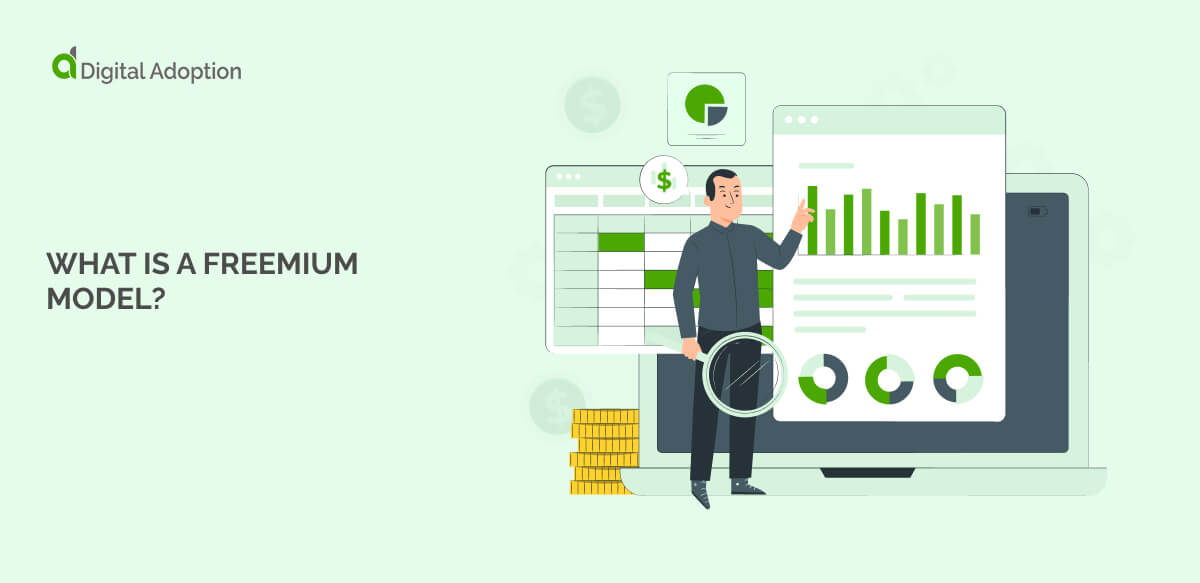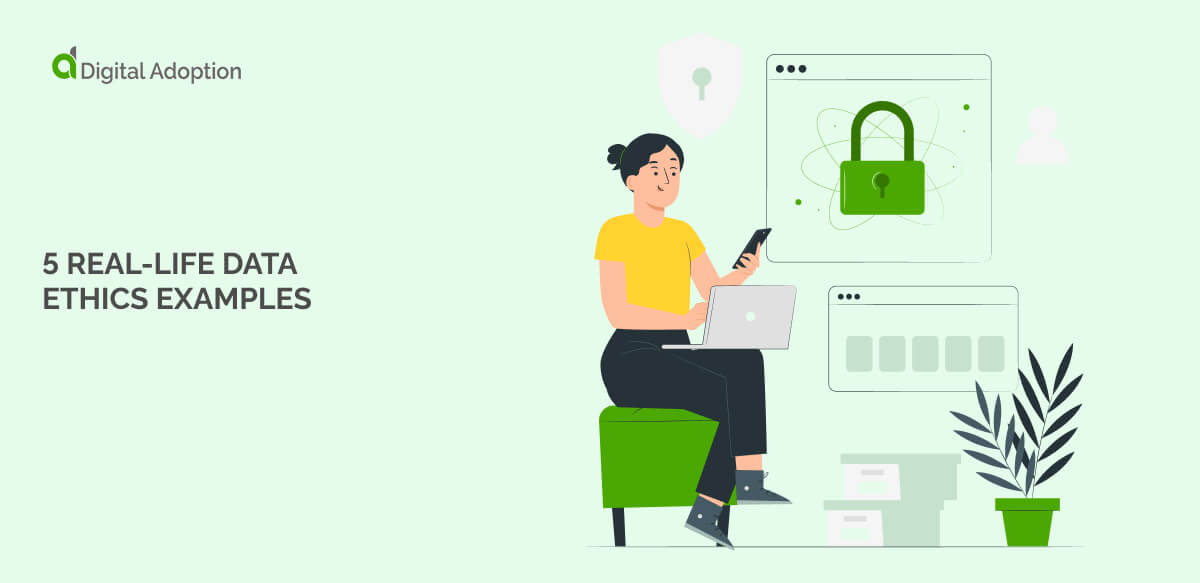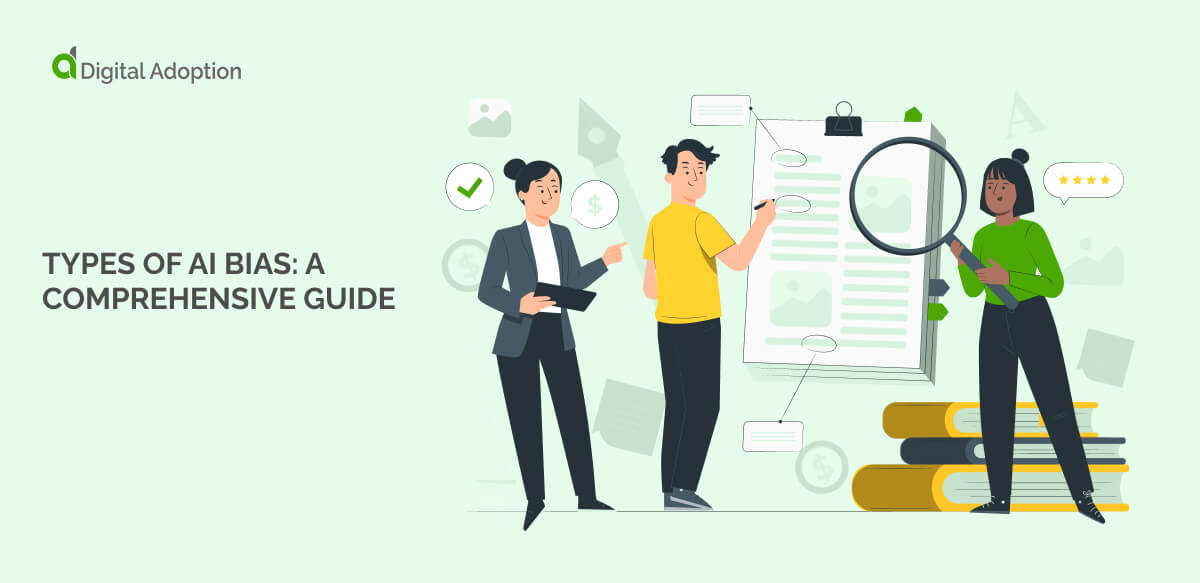What are some examples of freemium models?
Dropbox
Dropbox uses the freemium model to help people store and share files online. They give users 2 GB of free space to start, letting people try the service without paying. Users who like it and need more space can pay for extra storage. Dropbox also offers team plans for businesses. The free version connects users by being easy to use. It syncs files across devices, which many find helpful.
As users store more files, they often hit the free limit. Then, they might decide to pay for more space. This model helped Dropbox grow fast and compete with big tech companies. It’s a good example of how freemium can work for cloud storage services.
MailChimp
MailChimp uses the freemium model for email marketing. Their free plan lets small businesses send emails to up to 2,000 contacts. This helps new businesses start email marketing without spending money. As companies grow, they can move to paid plans with more features. The free plan includes basic tools like email templates and signup forms. Paid plans offer things like advanced targeting and analytics.
This model helps MailChimp attract many small businesses, some of which grow and become paying customers. It also helps MailChimp stand out in a crowded market. By offering a useful free tool, they’ve become a popular choice for email marketing.
HootSuite
HootSuite uses the freemium model for social media management. Their free plan lets users manage up to three social profiles. This helps small businesses or individuals start using the tool. The free version includes basic scheduling and posting features.
Users can try these out and see how HootSuite helps manage social media. If they like it, they can upgrade to paid plans. These offer more profiles, team features, and advanced analytics. This model helps HootSuite attract many users quickly. It also lets people learn the tool before paying. As businesses grow their social media presence, they often need paid features. This turns free users into paying customers over time.
FreshBooks
FreshBooks uses a modified freemium model for accounting software. They offer a free trial rather than a permanent free version, which lets users try the full service for a limited time. During the trial, users can access all features, including invoicing, expense tracking, and financial reports.
If they like the service, they can choose a paid plan that fits their needs. This model helps FreshBooks quickly show the value of its full service and allows users to understand which features they need most. By offering a complete trial, FreshBooks aims to convert users to paid plans faster than a limited free version might.
Zapier
Zapier uses the freemium model for its automation tool. The free plan lets users create up to 100 tasks per month. This helps people understand how Zapier can connect their apps and automate work. The free version includes popular apps and basic features.
As users find more ways to use Zapier, they often need more tasks or advanced features. These come with paid plans. This model lets Zapier spread by word of mouth. People can use it for free and tell others. It also helps Zapier show how it can save time in many different jobs. Users relying more on Zapier are more likely to pay for extra features.
Google Penalty Checker by Fruition
The Google Penalty Checker by Fruition uses a freemium model for SEO tools. The free version lets users check basic Google penalties on their website. This helps website owners spot problems that might hurt their search rankings.
The tool offers a simple report for free. For more detailed analysis and recommendations, users need to pay. This model helps Fruition show its expertise in SEO. It gives value upfront, which builds trust with potential customers. The free tool can lead users to Fruition’s other SEO services. It’s a good example of using freemium to attract leads for a service business.
Filament Flare
Filament Flare uses the freemium model for web development tools. Their free plan offers basic components and features for building websites. This lets developers try out Filament’s tools without any cost. The free version includes enough to make simple sites.
Developers must upgrade for more advanced features or use them on commercial projects. This model helps Filament spread among developers. It lets them practice with the tools before deciding to buy. As developers take on bigger projects, they often need paid features. This turns some free users into paying customers over time.
Evernote
Evernote uses the freemium model for note-taking and organization. The free version lets users create notes, organize them in notebooks, and sync across devices. This helps people start using Evernote in their daily lives.
The free plan has some limits on uploads and features. Paid plans offer more storage, better search, and team collaboration tools. This model helps Evernote become part of users’ routines. As people store more in Evernote, they’re more likely to pay for extra space or features. It also lets Evernote compete with simpler note apps, offering a path to more powerful tools.





